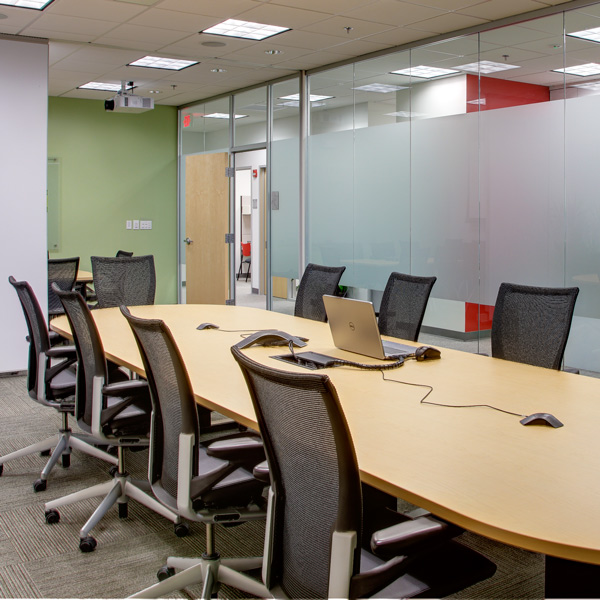In the age of telecommuting and video conferencing, face-to-face interactions are on the decline. Every day, more businesses are implementing systems that will allow employees to work remotely. And in many cases, that is beneficial for employers and employees alike.
Still, there remain occasions when traditional, in-person business meetings are a necessity. This is especially true when meeting with clients and business partners to iron out the details of important projects. In many cases, the environment where a meeting takes place can directly impact the outcome of that meeting.
For that reason, businesses throughout New England and across the United States are investing more than ever before into their meeting rooms. By having superior conference room designs, businesses are ensuring that they are relieving pressure on stressful, important meetings.
Here are just a few tips on how you can get a conference room design that will impress employees and clients alike:
Strike a balance between comfort and professionalism
For many business professionals, the conference room is usually associated with stressful meetings, nerve-wracking presentations, and piles of upcoming work. Even when you aren’t presenting, it’s often the case that you can’t focus on the subject of the meeting because the chairs are too stiff.
To help everyone in the room focus on what’s going on during the meeting, make sure that the room is conducive to productivity. Have furniture that is professional and comfortable. Have adaptable lighting that is considerate of everyone in the room. Utilize tools that will help presenters deliver their message effectively.
Know the basic elements
It’s amazing how many meeting rooms are flawed on the most basic level. They can be stuffy and dimly-lit. They can allow noise to either enter or escape the room. They can lack technology that facilitate presentations. When designing your conference room, take a minute to think about the purpose of the room and what you can do to facilitate that purpose.
Meeting rooms need to be designed from the ground-up. The ventilation, lighting, furniture, and audio-visual equipment must be in the right position to ensure that everyone will be in the loop with what’s happening during the meeting. Without an efficient seating layout, presenters will have difficulty connecting with their audiences. In the same vein, without the right acoustics, people will not be able to listen and communicate effectively.
Don’t ignore your creativity and your brand
Do you know what makes meeting more boring than they need to be? The boring meeting rooms where they happen.
Dull conference rooms don’t fit today’s dynamic company culture. What’s more, it’s damaging to your brand to not display it throughout every part of your office. Why would you ask your staff or business partners to gather in a bland room? Is that how you want them to think of your company?
Including artistic or techie touches to the conference room design will provide inspiration for the team. Add colorful accents to give the room some character. Bring your brand to life in a creative, dynamic way. Likewise, facilitate true creative conversation and allow for groundbreaking brainstorming sessions.
Meeting rooms are vitally important to pretty much every firm. And by ignoring the importance of your conference room design, you risk squashing your team’s motivation and turning away potential clients. Don’t let that happen.
Your meeting room is a place where you are asking folks to gather. Make it a place where they want to gather!
For more information, contact New England’s premiere design solutions provider, Infinity Group, via 860-726-9384 or marketing@infinitygroupus.com



Comments
Post a Comment